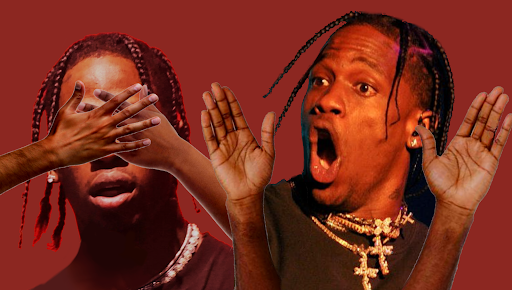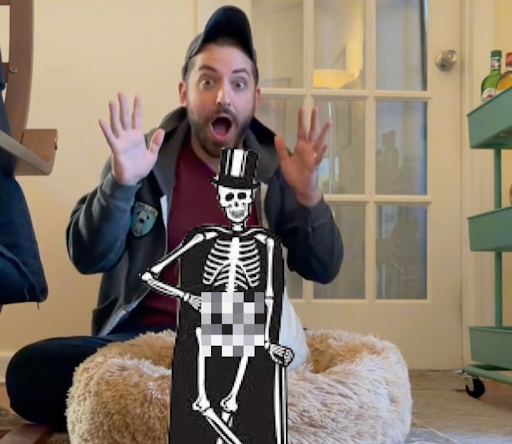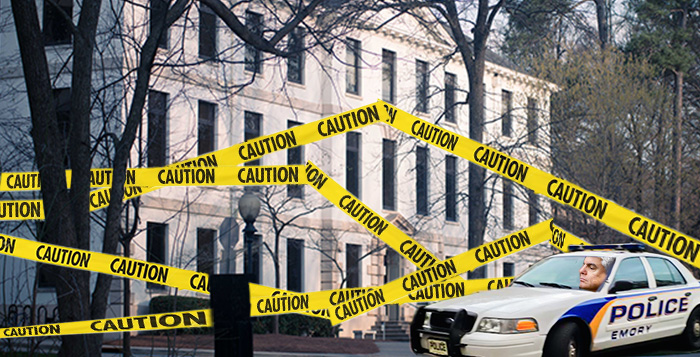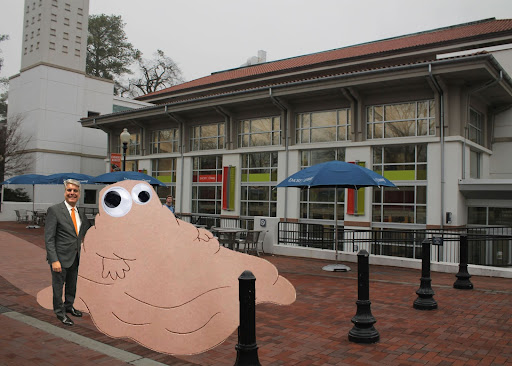
From Flickr.com
After watching Beauty and the Beast for the second time around, being much older this time, I have come to understand Belle’s decision to forgo a fool for fur. Gaston is essentially the equivalent of a hybrid frat boy/ gym rat, and he has just one noticeable flaw — his personality. With the rise of the “nice boy,” or “good boy,” I can’t blame Belle for going with the fluffy alternative.
Fluffy companions, or “Beasts,” may be considered man’s best friend, but let’s get real. They are now man’s competition. Their constant excitement and unwavering awe of your mere presence is admirable and honestly impressive; it takes an enormous amount of commitment and prowess to maintain that level of devotion and reverence.
Your fluffy friend will never complain about being “friend zoned.” You could share a bed with him every night, and he’d never expect anything from you. You can rest after a long day and know that when you decide to talk to your Beast about your day, you won’t have to worry about him “mansplaining” and interrupting your story. Isn’t that all a girl could ask for?
When it gets serious, you don’t have to worry about introducing your Beast to your family or friends. Your Beast won’t dread this day either because as usual, he’s excited for anything. And it doesn’t matter if he kisses your friends, because it’s socially acceptable for a fluffy thing to greet people with a bunch of kisses.
In the end, Beauty and the Beast shows the real difference in character between Gaston and the Beast when it’s time to say goodbye. When Belle leaves because she cares for another, Gaston’s response is to kill the Beast. When Belle leaves the Beast to care for another, the Beast’s response to Belle’s desire to help her father is understanding and giving her a mirror to remember him by. While this is an extreme difference and also an over-analysis of a children’s movie, if these roles were reversed, the Beast would also not read this article and say “not ALL Beasts.”








Be First to Comment